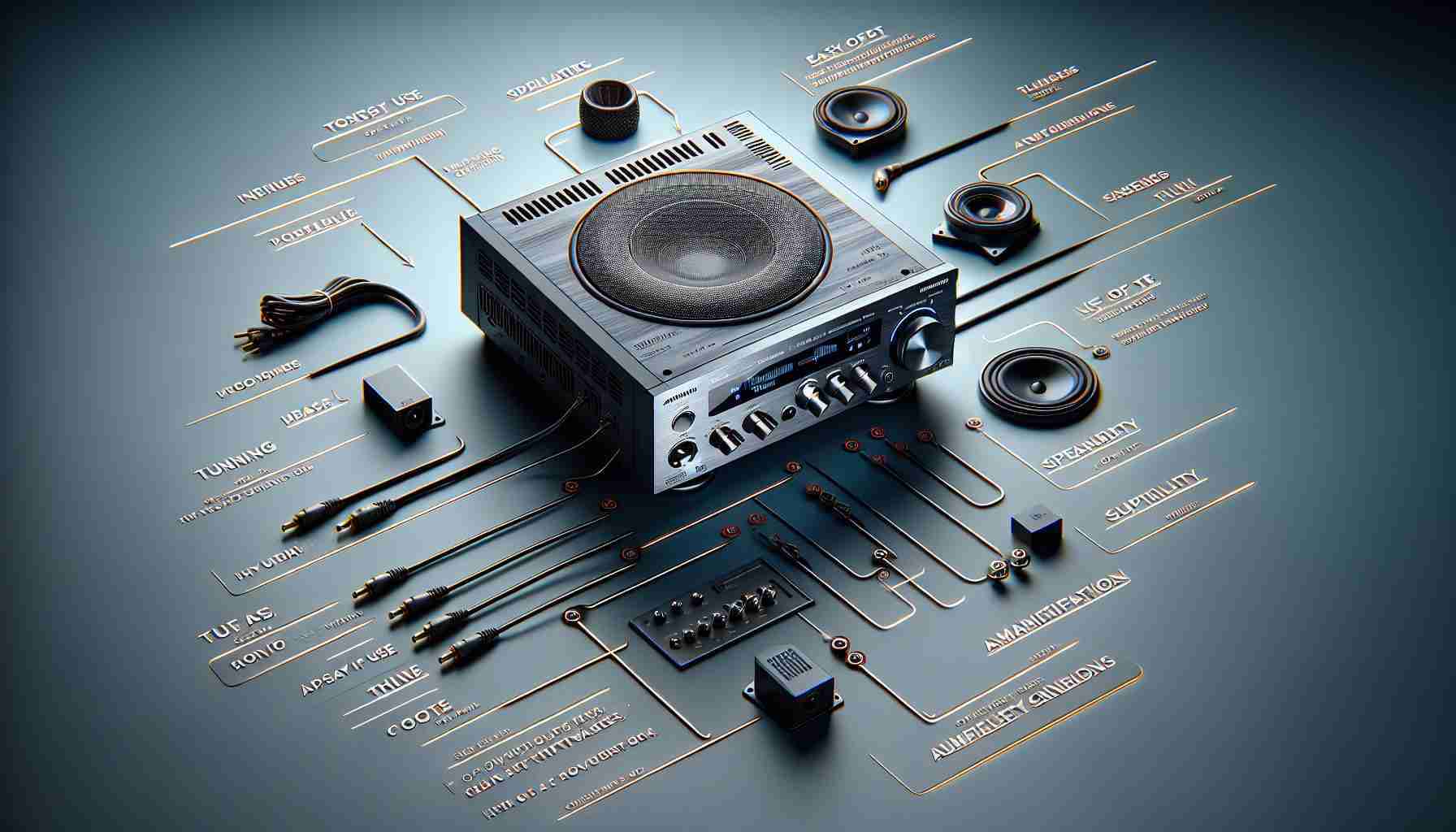Navigating the intricate world of AV receivers can be daunting due to their vast array of features and sometimes cryptic specifications. With countless options available, it’s essential to focus on the key elements that truly impact your experience.
One of the primary factors to consider is the number of HDMI inputs. As most modern televisions and devices utilize HDMI, it’s crucial to select a receiver with ample rear HDMI ports for your various gadgets, such as streaming devices, Blu-ray players, and gaming consoles. While front ports might seem convenient, they tend to be underused, making rear ports the priority. For instance, some models feature six or more rear HDMI inputs, facilitating connections to multiple devices, and others even offer additional outputs for multiple displays.
Another important feature is Dolby Atmos support. Most receivers in the mid-range price bracket include this capability, enhancing the auditory experience for home theater enthusiasts. However, the immersive benefit can often be achieved simply by positioning surround speakers correctly, without the need for extra height speakers.
Wireless streaming capabilities are also pivotal. Many receivers incorporate Wi-Fi connectivity, allowing seamless access to popular music streaming services such as Spotify and Apple AirPlay. Models vary in their support for these services, so if you’re aiming for a cohesive multi-room setup, it’s beneficial to choose a receiver that covers the most widely used streaming options. Selecting the right AV receiver can vastly improve your audio-visual experience when you know what to prioritize.
Key Considerations When Choosing an AV Receiver
Choosing the right AV receiver is a critical decision that can greatly influence your home entertainment experience. While many articles cover the basics, there are additional key factors that can help refine your selection process. This article will discuss important questions, key challenges, advantages and disadvantages of various features, and things to keep in mind when making a decision.
Key Questions to Ask:
1. What is the receiver’s power output?
– The power output, measured in watts per channel, can significantly impact sound quality and volume levels. A receiver with insufficient power may not adequately drive your speakers, resulting in distorted sound at higher volumes.
2. Does it support the latest video formats?
– With the rise of 4K and even 8K content, ensuring your AV receiver can pass through these formats without loss of quality is vital. Look for support for HDR, Dolby Vision, and HDMI 2.1 specifications.
3. What kind of room calibration technology is included?
– Many modern receivers include automatic room calibration systems like Audyssey MultEQ or YPAO, which optimize speaker settings and improve overall sound quality based on your room’s acoustics.
4. What is the brand’s reputation for firmware updates?
– Some manufacturers are known for providing regular firmware updates to enhance performance and add new features over time. Compatibility with future technologies can be a determining factor in your purchase.
Key Challenges and Controversies:
One major challenge in selecting an AV receiver is the marketing jargon that can often cloud the decision-making process. For instance, terms like “9.2 channel” or “future-proof” can be misleading if consumers do not fully understand their implications. Additionally, controversies arise with surround sound formats like Dolby Atmos vs. DTS:X, with debates on which offers superior audio quality.
Advantages and Disadvantages:
– Advantages:
– Enhanced Audio Experience: Many receivers provide advanced sound processing technologies that can transform standard audio into a more immersive listening experience.
– Connectivity Options: A receiver can act as a hub for all your devices, reducing cable clutter and simplifying system management.
– Multi-Room Audio Support: Some models offer features for streaming audio to multiple rooms, allowing for versatile listening experiences throughout your home.
– Disadvantages:
– Complexity: The wide range of features can be overwhelming for users who are not tech-savvy, making setup and operation challenging.
– Cost: High-quality AV receivers can be expensive, and with many features being marketed, consumers may end up spending on options that are unnecessary for their needs.
– Size and Heat: Powerful receivers can generate significant heat and require adequate ventilation, which may be an issue in smaller setups.
Conclusion:
Selecting the right AV receiver involves considering several nuanced factors beyond just brand and price. By addressing the critical questions mentioned and being aware of potential challenges and features’ pros and cons, consumers can make informed choices that best meet their needs for both audio and visual experiences.
For more information and resources related to AV receivers, visit What Hi-Fi or CNET.












